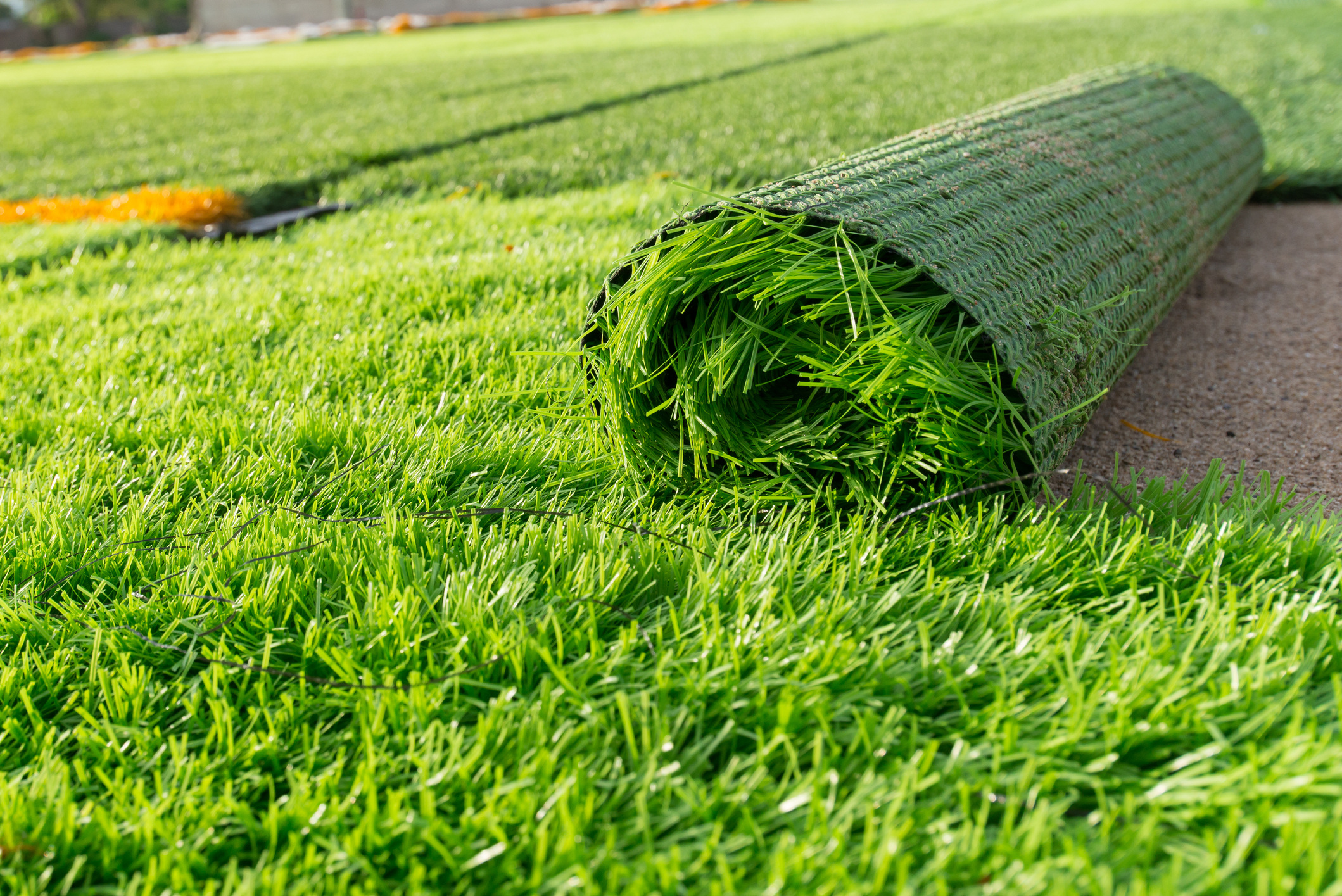Behind every thrilling slide, daring monkey bar challenge and high-flying swing is something just as important—the ground beneath it. Playground surfacing plays a critical role in preventing injuries, ensuring accessibility and standing up to years of play. Whether you’re building a new playground or resurfacing an existing one, choosing the right material is essential for safety, durability and budget.
The Importance of Safe and Impact-Absorbing Playground Surfacing
Each year, over 200,000 children in the U.S. visit emergency rooms due to playground-related injuries, with most caused by falls onto inadequate surfaces. Proper surfacing plays a crucial role in reducing these risks by absorbing impact and creating a safer play environment.
Standards like ASTM F1292 establish impact cushioning requirements for high-risk equipment, ensuring playgrounds meet essential safety guidelines. Additionally, the National Program for Playground Safety (NPPS) recommends testing and certification to ensure compliance.
Beyond impact absorption, surfacing also helps prevent tripping and slipping hazards. Loose-fill materials, such as wood chips or rubber mulch, require regular maintenance to stay level, while unitary surfaces, like rubber tiles or poured-in-place rubber, offer a low-maintenance, seamless option for long-term safety and accessibility.
Making Playgrounds Accessible for Everyone
Playgrounds should be fun for all kids, no matter their abilities. Surfacing needs to be firm, stable and slip-resistant so children using wheelchairs, walkers, or strollers can move around easily. Following ADA guidelines ensures the playground is welcoming and inclusive for everyone. The right surface fosters inclusivity, allowing kids with disabilities to play freely alongside their peers.
Choosing the Right Resurfacing Solution
Not all playground surfaces are created equal, so selecting the right one depends on safety, durability, accessibility, budget and maintenance. Some playgrounds may need only partial resurfacing, while others require a full overhaul. Consulting a playground surfacing expert can help determine the best course of action.
- Engineered Wood Fiber (EWF): A cost-effective, ADA-compliant option with good shock absorption but requires regular maintenance.
- Loose Rubber Mulch: Made from recycled tires, it offers excellent impact absorption but needs frequent upkeep to prevent displacement.
- Bonded Rubber: A seamless surface that requires less maintenance than loose-fill options.
- Poured-in-Place (PIP) Rubber: Fully accessible, durable and customizable, though it has a higher upfront cost.
- Artificial Turf: Cushioned with rubber or foam, offering good drainage and easy patch repairs.
When to Resurface Your Playground
Even high-quality surfaces wear out over time. Signs it’s time for resurfacing include:
- Visible damage, such as cracks or thinning areas.
- Pooling water or drainage issues.
- Reduced shock absorption.
- Uneven surfaces that no longer meet ADA standards.
- Frequent and costly repairs.
Ensuring a Safe and Long-Lasting Playground
Choosing the right surfacing is crucial, but ongoing maintenance and resurfacing (when needed) are just as important. Regular inspections and proactive upkeep keep playgrounds safe, inviting, and fun for years to come. Investing in high-quality surfacing ensures a durable and inclusive play environment, where safety, accessibility, and cost are carefully considered to protect children and enhance their play experience.
Looking to upgrade your playground surfacing? Churchich Recreation offers expert guidance and high-quality solutions to help you create a safer, more accessible play space.
